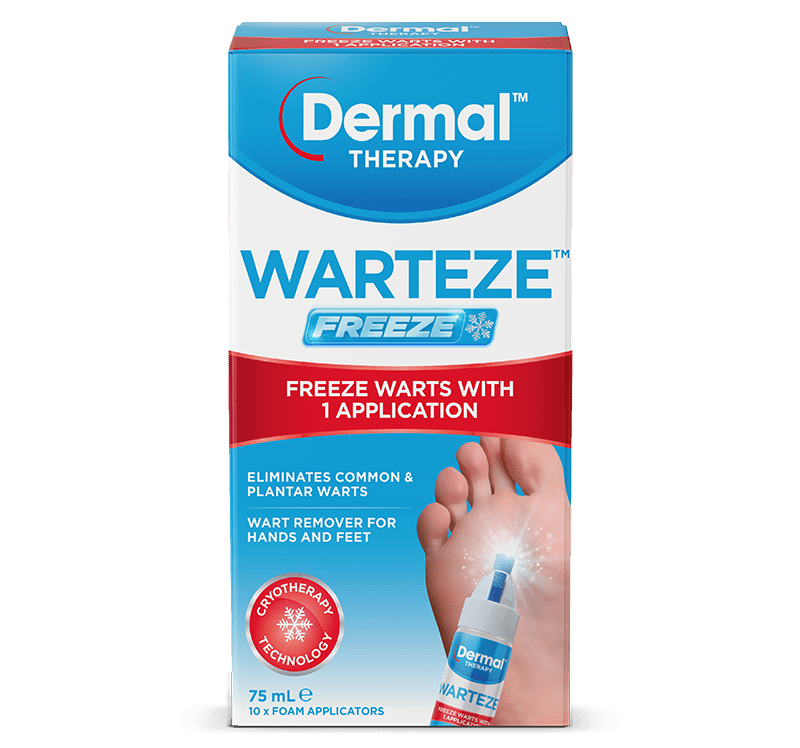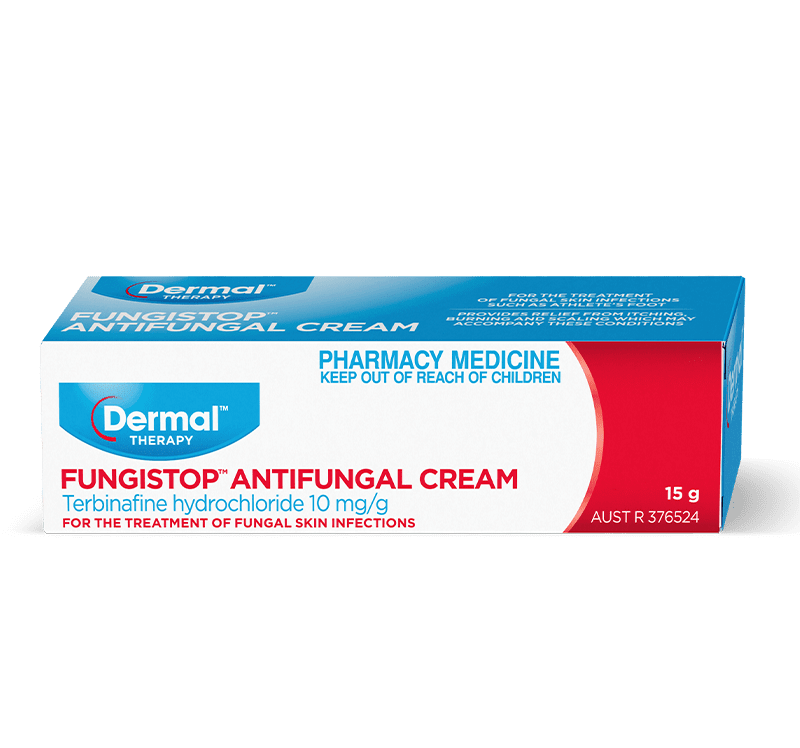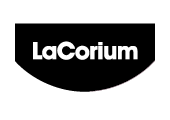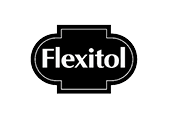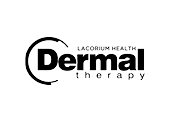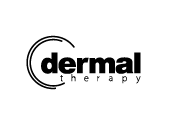How Long Does It Take for Nail Fungus to Heal? A Treatment Timeline

Area
Wart & FungusKey Takeaways:
- Early treatment leads to faster, more complete nail fungus healing.
- Full recovery can take up to 12-18 months for toenails.
- Severe fungal nail infections may require longer, more aggressive treatment.
- Acting fast and using a topical antifungal treatment can support recovery.
If you’re currently experiencing a nail fungus infection, you probably want to know how it will progress, what treatment options are available, and how long it will take to get better. This guide breaks down what you can expect at each stage, with a handy nail fungus healing timeline to help you map the journey back to clear, healthy nails.
Days 1–14: Point of Infection & Early Stage
It’s common to contract a fungal infection through a small cut or separation between the nail and nail bed. In the first few days after the fungal entry, there probably won’t be any visible symptoms. Some people might notice a tiny white or yellow-brown spot at the edge of the nail or underneath the tip. At this stage, the signs are easy to miss, because there’s usually no pain or discomfort. If the infection is detected early, an antifungal nail treatment can be effective in stopping its progress.
Weeks 2–6: Early to Moderate Stage
As the infection progresses into the early to moderate stage, the discoloration of the nail becomes more noticeable, usually as a yellow, brown, or white color. Changes in nail texture may also occur, with the nail becoming slightly thickened or rough. During this period, the fungus begins to penetrate deeper into the nail. While the infection is still considered mild, it can start to spread to adjacent nails if left untreated. Early intervention with topical treatments or antifungal medications can be crucial in managing the infection and preventing further advancement.
Weeks 6–12: Moderate Stage
In the moderate stage, the nail continues to thicken and may become brittle or crumbly. The discoloration worsens, and streaks or spots may become visible, spreading across the nail. Discomfort or mild pain may start to develop, particularly when pressure is applied to the affected nail, such as when wearing shoes. By this stage, the infection is well-established, and the nail appears visibly unhealthy. Treatment often involves oral antifungal medications, because at this stage, topical treatments alone may be less effective. Regular nail trimming and debridement (removal of the infected nail) may also help the healing process.
Months 3–6: Advanced Stage
If left untreated, or if the treatment isn’t effective, the infection can progress to the advanced stage. During this period, the nail may become severely thickened, misshapen, or start to detach from the nail bed, a condition known as onycholysis. Crumbling edges, a foul odor, and pain are commonly experienced. At this stage, the nail’s function and appearance are significantly affected. Treatment typically involves the continuation of oral antifungal medications. In serious cases, laser therapy or surgical removal of the infected nail may be considered.
Some Fungal Infections May Not Respond to Topical Treatments
Not all nail fungus infections respond well to topical treatments, especially in moderate to severe cases. One common culprit is dermatophyte onychomycosis, a fungal infection caused by dermatophytes that often penetrates deep into the nail plate. Because topical treatments typically work best on surface-level infections, they may not be able to reach the deeper layers where these fungi thrive.
In such cases, oral antifungal medications (like terbinafine or itraconazole) are often required, as they work from the inside out, targeting the infection through the bloodstream. If left untreated or treated with an ineffective method, this type of fungus may persist or worsen over time. Consulting with a healthcare provider is essential to determine the type of fungus and the most appropriate course of action.
Months 6–12: Chronic/Severe Stage
In the most severe and chronic stages, the nail may be almost entirely destroyed, with only fragments remaining. Persistent pain and the possibility of secondary bacterial infections are significant concerns. There is also a high risk of the infection spreading to other nails or the surrounding skin. At this stage, the nail may not regrow properly without specialist intervention. Management of any secondary bacterial infections is also a priority. Even with treatment, nail regrowth is slow, and it may never fully repair itself.
Nail Fungus Recovery Timeline
While these scenarios may sound serious, there is hope. The healing and recovery process can begin as soon as the right treatment is found and started. Use this nail fungus recovery timeline to understand what to expect:
- 0–4 Weeks: In the initial weeks of treatment, minimal visible change may be observed. The primary focus during this period is on stopping the spread of the fungus.
- 1–3 Months: Early signs of healing may become apparent, including a reduction in discoloration and thickness. Some healthy nail growth may also be visible at the base of the nail.
- 3–6 Months: Significant improvement is typically seen during this stage, with more healthy nail replacing the infected portions. Improvements in nail texture and color are also noticeable.
- 6–12+ Months: Full recovery is the ultimate goal, with the healthy nail having grown out to replace the infected nail entirely. It is important to note that complete regrowth can take 12–18 months for toenails, while fingernails may heal faster.
Find Nail Fungus Treatment Fast with Dermal Therapy
Nail fungus can spread and worsen if left untreated. So, taking immediate action is crucial to halt its progression and support a rapid recovery.
Dermal Therapy Fungistop 3-in-1 Nail Treatment is a clinically proven topical treatment that helps to eliminate nail fungus and promote healthy nail regrowth. Its unique formula penetrates deep into the nail, targeting the source of the infection and providing effective relief from symptoms like discoloration, thickening, and brittleness.
Don’t let nail fungus take over. Choose Dermal Therapy Fungistop 3-in-1 Nail Treatment for a targeted approach to treatment. Find it at your nearest store and start your timeline towards healthier, clearer nails.
Learn more in our Complete Guide to Nail Fungus, check out our fungal nail facts vs myths and top tips on how to prevent nail fungus.
Nail Fungus Healing Timeline FAQs
References:
- ncib.gov – Onychomycosis
- uhhospitals.org – Why Is Toenail Fungus So Difficult to Treat?
- healthline.com – Why Are My Toenails Changing Colour?

